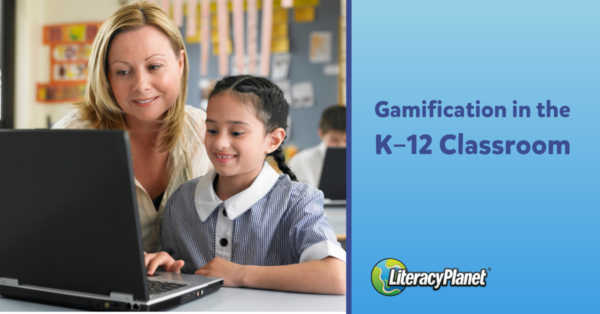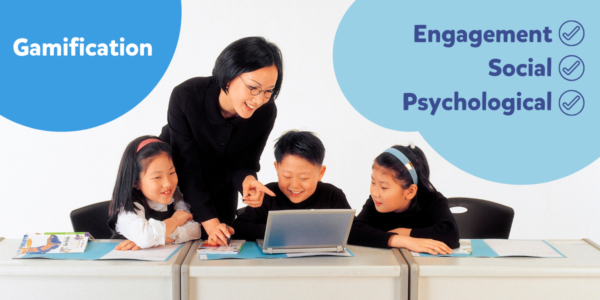
The use of gamified resources is growing in school classrooms. So what exactly is gamification, why gamify learning, and how does it improve outcomes?
Gamification is the integration of game principles, mechanics and design techniques into a non-game based context or activity. It is different to game-based learning, such as learning how to problem-solve by playing Minecraft, or how to operate aircraft by using a flight simulator.
A gamified system includes a range of elements that make up its dynamics, mechanics, and components. Typical elements include levels, points, badges, rewards, instant feedback, time constraints, challenges, competition, avatars, leaderboards, and rankings.
At the centre is the ‘player’ and researcher Dr. Richard Bartle developed a taxonomy of player types based on psychology and the elements they most enjoy, and identified three dominant categories: achievers, explorers, and socialisers. A well designed and effective gamified learning system will have elements that appeal to all types.
Childrens’ attraction to game-play is almost universal, and as the use of technology in classrooms has increased so have the opportunities for gamified learning. It is a pedagogical approach that is gaining popularity in the K-12 classroom.
The main objective of using gamified resources is to appeal to ‘digital native’ students and improve their engagement in the learning process. Another key objective is to stimulate and sustain their motivation, both intrinsic and extrinsic. Gamification succeeds in these objectives and ultimately improves learning outcomes–by making the learning experience more meaningful and fun.
In our surveys of teachers using LiteracyPlanet, they identify the main benefits of gamification to be:
Engagement – especially for students who are otherwise difficult to engage, including those who may be struggling or who are ahead of their peers.
Social – by encouraging healthy competition, and giving learners the motivation to participate.
Psychological – by engaging struggling or reluctant learners in a positive learning experience, and improving their enthusiasm, confidence, and self-esteem.

Game elements identified by researchers as particularly relevant for K-6 include: encouraging repeated experimentation, breaking tasks into subtasks, adapting tasks to skill levels, allowing different routes to success, and giving recognition and rewards (Simões et al 2013). Elements identified as successful in K-12 classrooms include freedom to fail, rapid feedback, progression, and storytelling (Stott and Neustaedter 2013).
While research shows that the positive impact of technology in the classroom is most strongly linked to the way it is implemented, a growing body of scientific literature on gamification and its application in education identifies a number of key learner outcomes. They include engagement, participation, motivation, enjoyment, a productive learning experience, sense of achievement, sense of accomplishment, and performance (Nah et al 2014). Reviews of empirical studies have found it provides positive effects in relation to learning, psychological and behavioural outcomes (Hamari et al 2014, 2018).




